Managing severely curved canals in endodontics requires careful planning and technique to prevent complications such as ledging, transportation, or instrument separation. Preoperative radiographs and CBCT imaging help assess curvature severity. […]
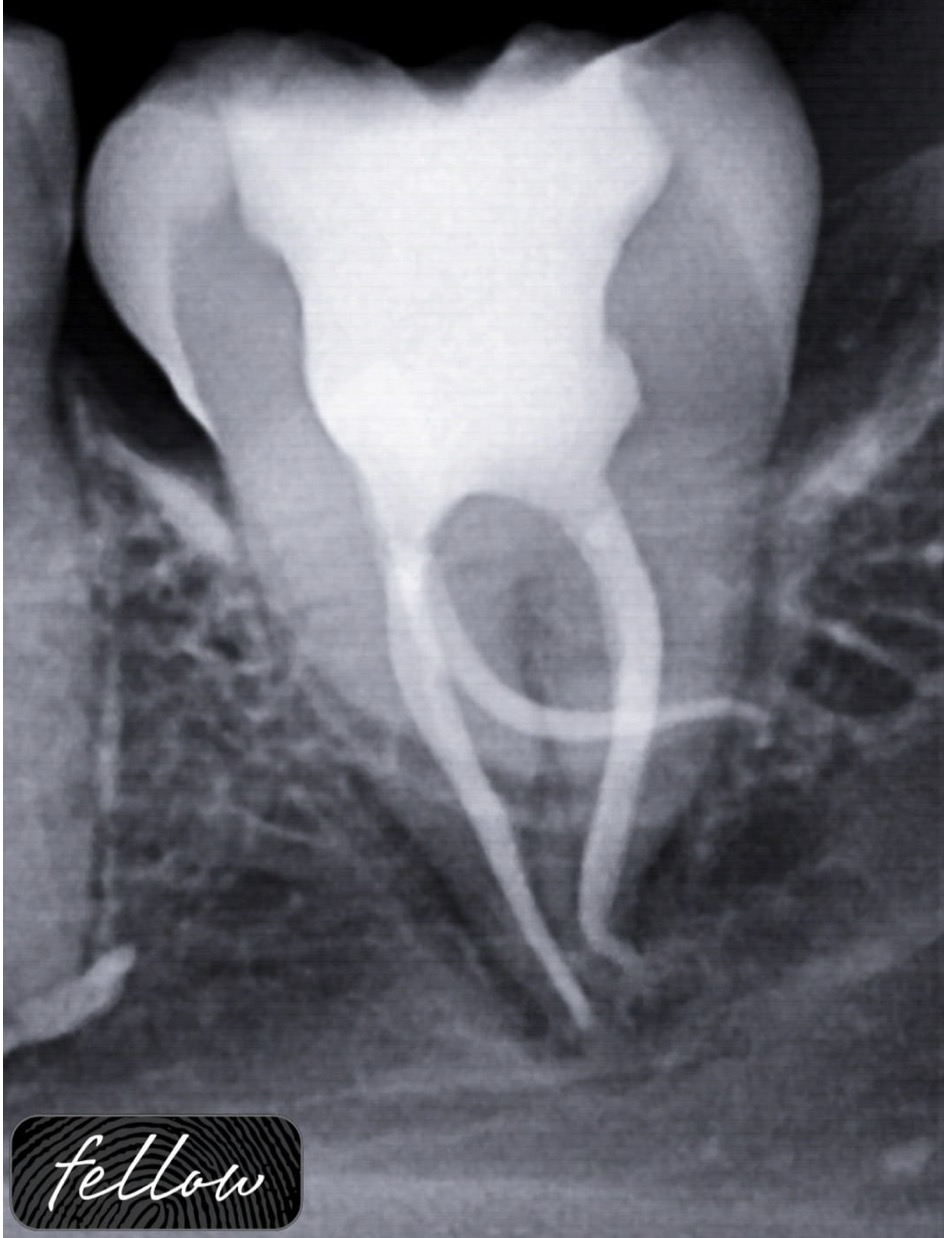 Dealing with severely curved canals in lower molar
Dealing with severely curved canals in lower molar
Managing severely curved canals in endodontics requires careful planning and technique to prevent complications such as ledging, transportation, or instrument separation. Preoperative radiographs and CBCT imaging help assess curvature severity. […]
 Pulp calcifications, a nightmare for the endodontist
Pulp calcifications, a nightmare for the endodontist
Pulp calcifications are one of the main challenges faced by endodontic professionals. Pulp stones are defined as calcified foci that are observed in the coronal or, less frequently, radicular pulp […]
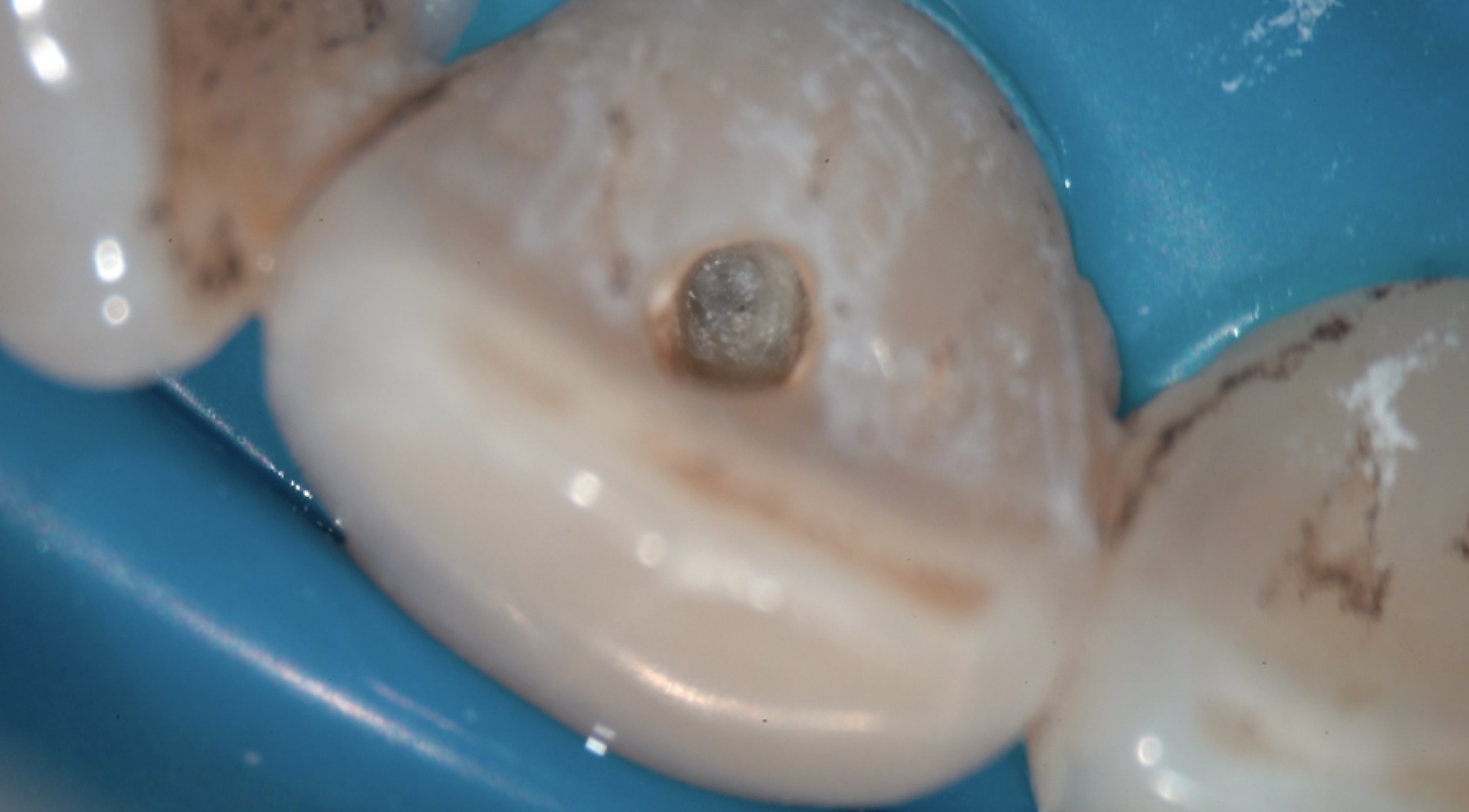 Treat the invisible canal: a clinical challenge
Treat the invisible canal: a clinical challenge
During primary treatment, even in simple cases, many root canal anatomy alterations and errors can occur such as access cavity over enlargement, perforations, blocage or file breakage. Sometimes, many iatrogenic […]
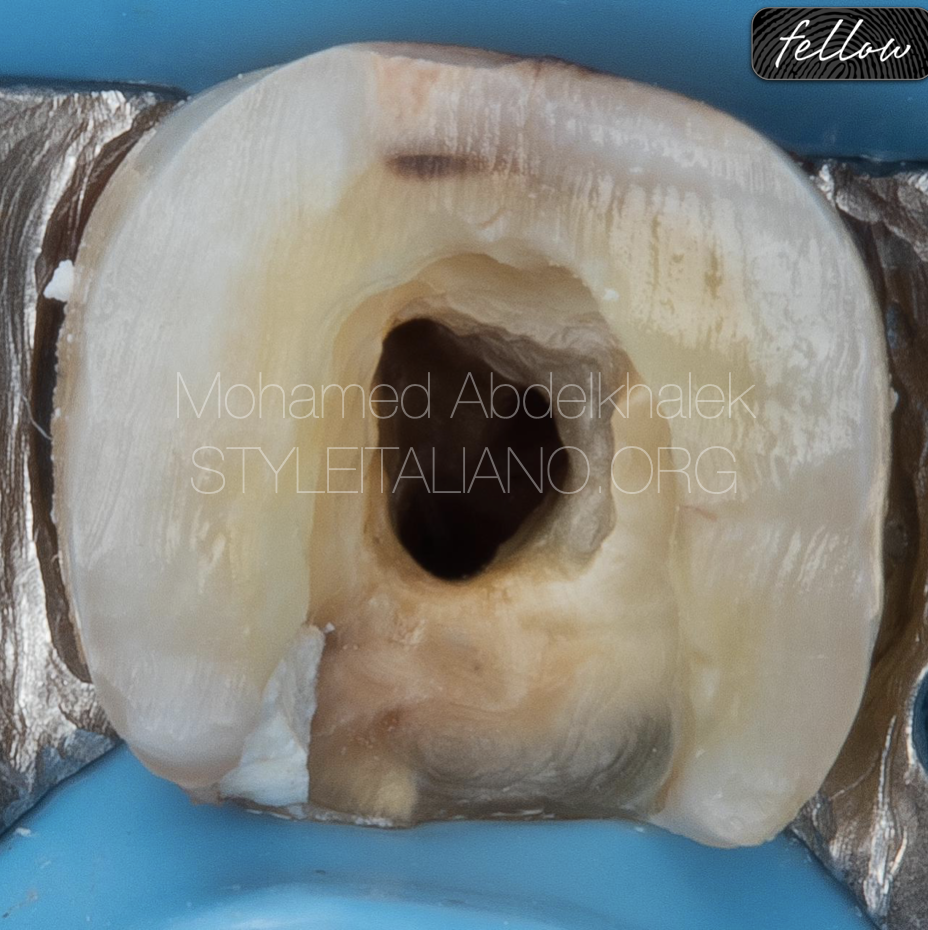 Triple trouble
Triple trouble
In this article we are going to share management of a pulp stone associated with c-shaped canals in a lower second molar.
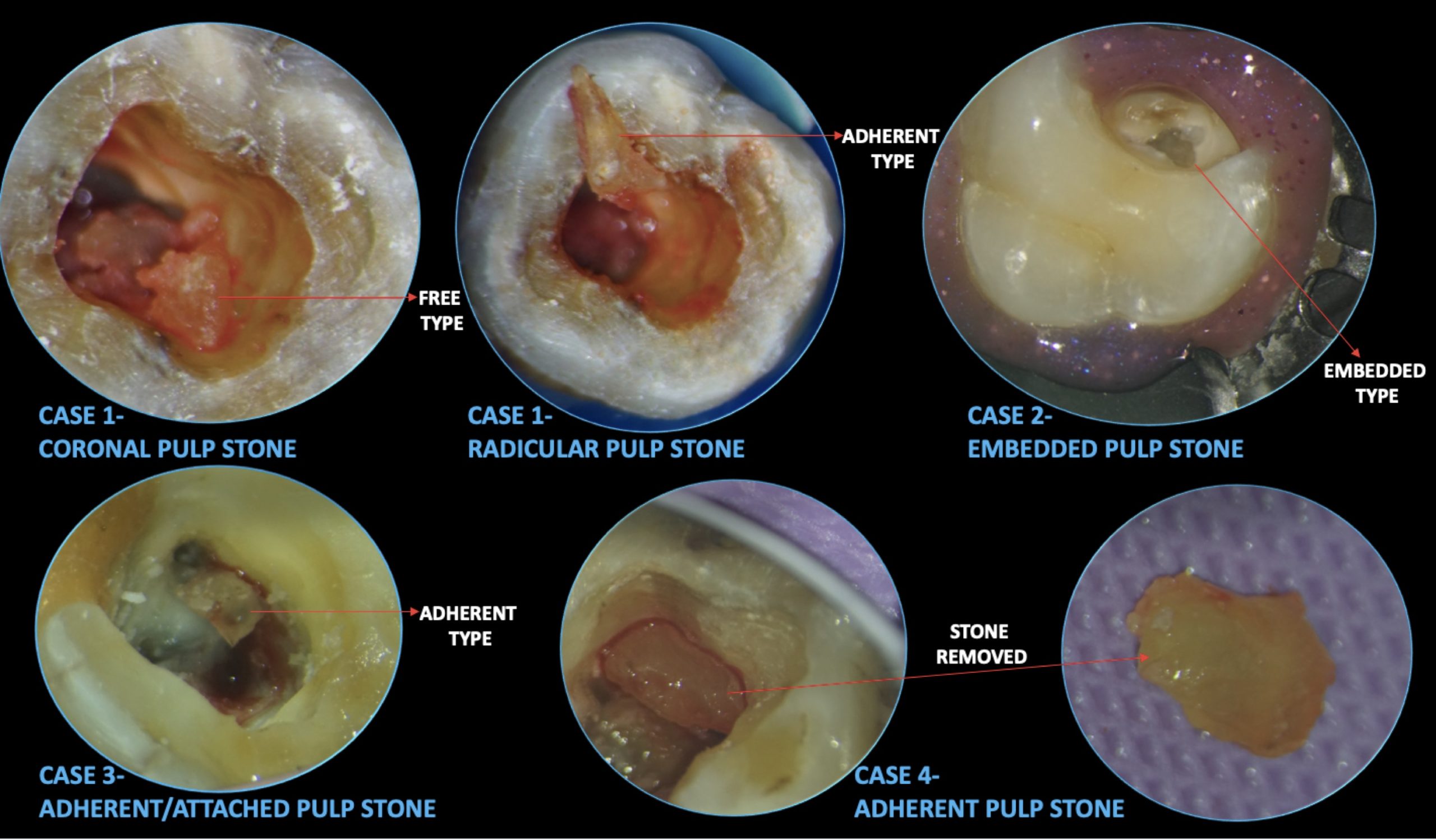 Denticles/Pulp stones- A hinderance or not?
Denticles/Pulp stones- A hinderance or not?
Pulp stones are defined as foci of calcifications that form within the pulp chamber, more frequently in the coronal pulp cavity and sometimes in radicular pulp space. In the year […]
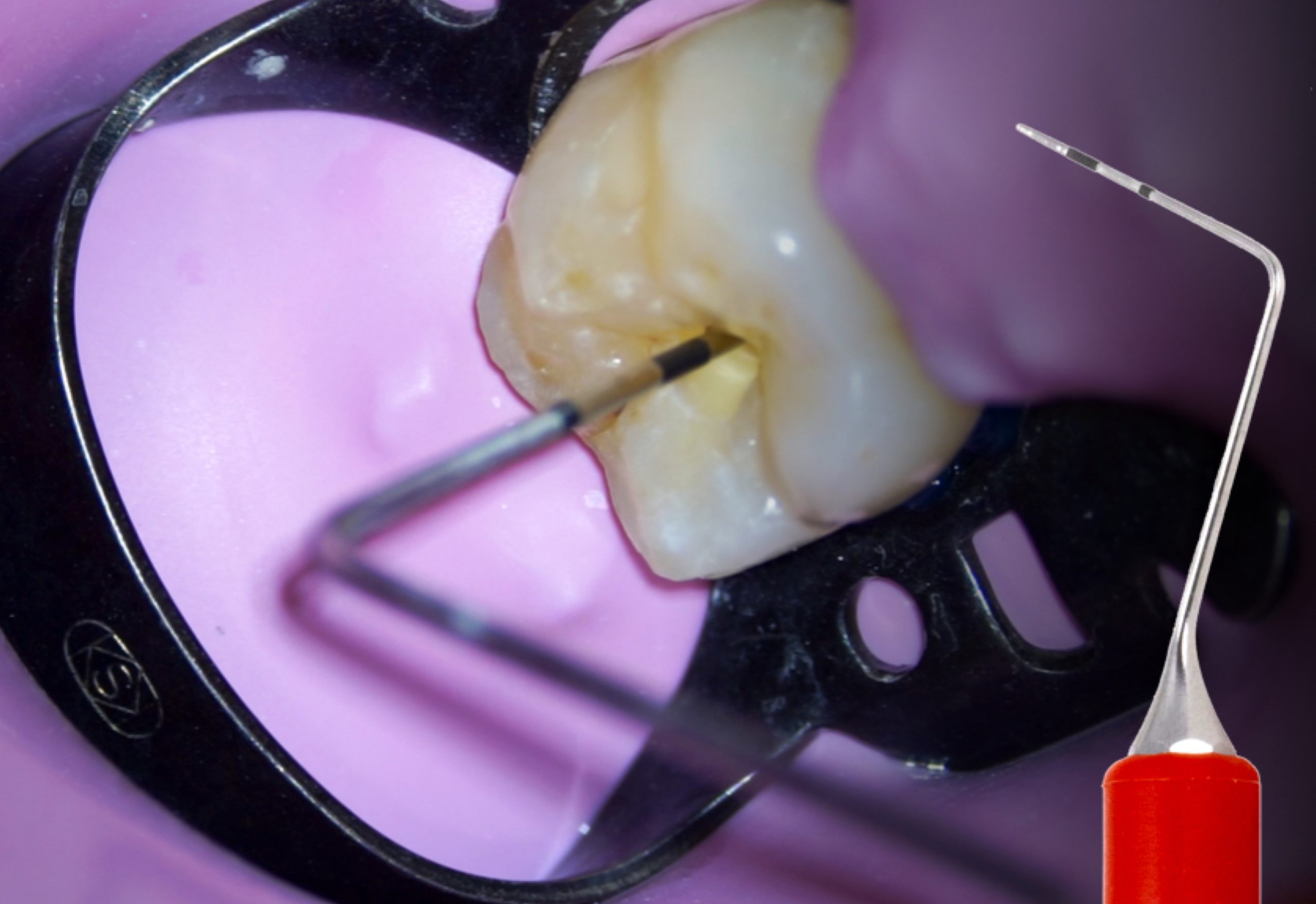 Misurendo: Measure Your Endo Access
Misurendo: Measure Your Endo Access
Endodontic treatment major goal is to treat and prevent apical periodontitis. And this goal can be achieved through shaping and cleaning of the root canal systems to eliminate microorganisms. But […]
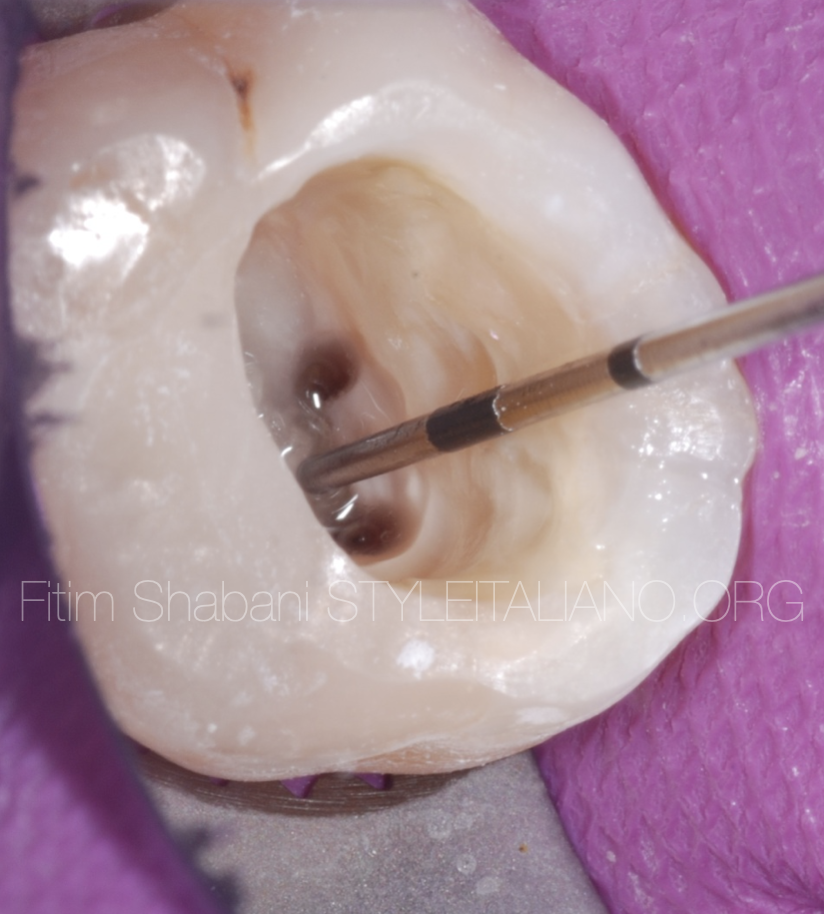 Controlled preparation of the Endodontic Access Cavity
Controlled preparation of the Endodontic Access Cavity
The access cavity must make the succeeding steps easier and safer. It must therefore meet the following requirements Permit the removal of all the chamber contents Permit complete, direct vision […]
 The rationale use of Smart Endo Kit in projecting and doing the access cavity on tooth 4.7
The rationale use of Smart Endo Kit in projecting and doing the access cavity on tooth 4.7
Clinicians are aware that, in endodontics, the access cavity phase is the first mandatory step to achieve the success of the therapy. A correct project, with the right instruments, allows […]
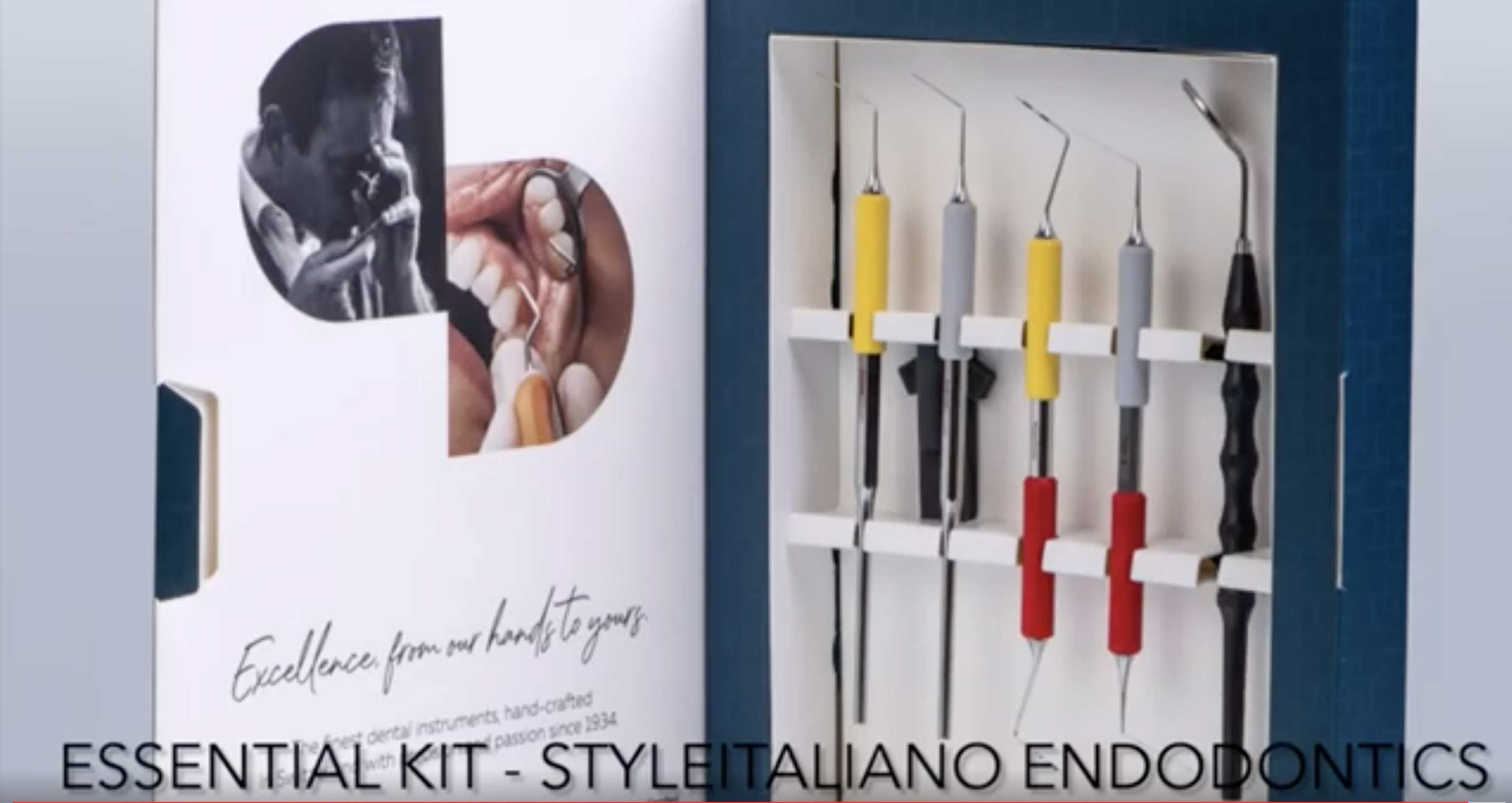 The advantages of the prebent explorer in negotiating calcified orifices
The advantages of the prebent explorer in negotiating calcified orifices
Explora is a new flexible explorer designed by Style Italiano Endodontics that allow us to negotiate hidden canals especially, in the mesial orifices of the molars.
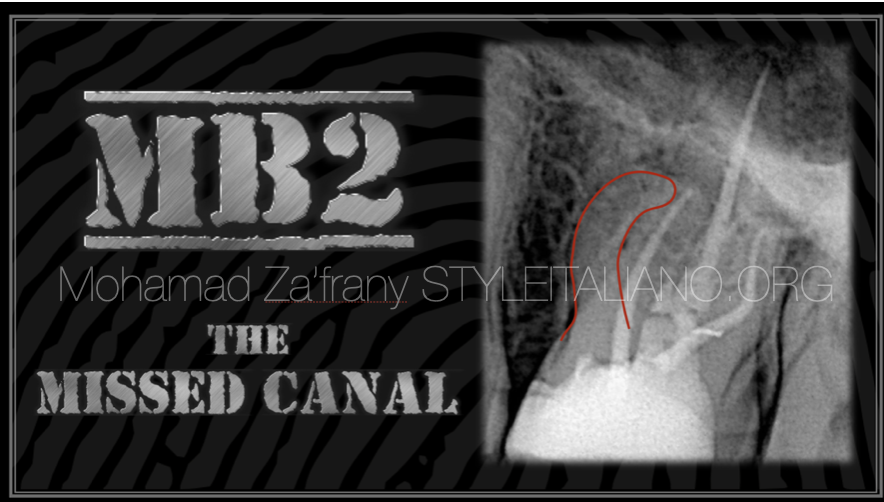 MB2: The Most Famous Missed Canal
MB2: The Most Famous Missed Canal
Missed Anatomy is one of the main causes of endodontic failure. The untreated root canal space represent a reservoir for bacteria and necrotic tissue that could be responsible for future […]
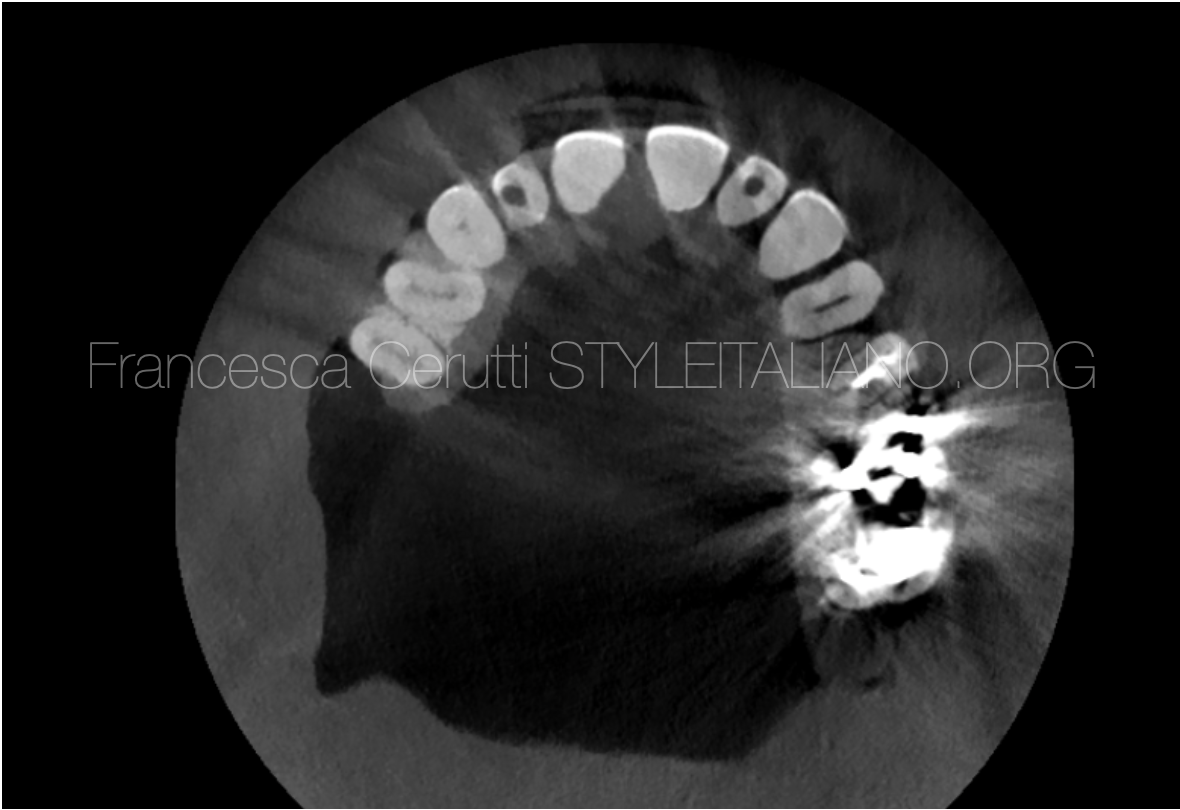 A recipe for disaster: no pre-op x-ray and wrong access cavity
A recipe for disaster: no pre-op x-ray and wrong access cavity
Endodontic success often depends on canal debridement, disinfection, and canal obturation. Access to the canal is one key to debridement, in fact an appropriately designed access cavity assures unobstructed straight-line […]
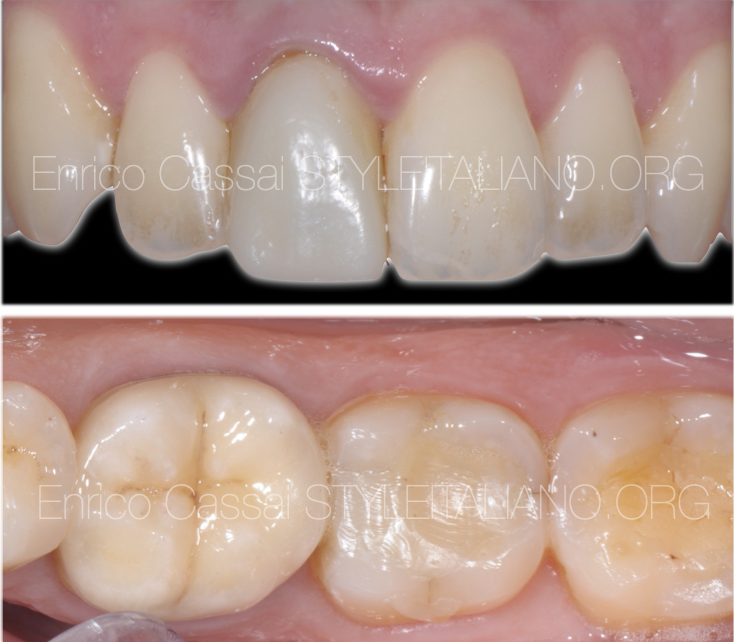 Redefining the access in retreatments: part V of V
Redefining the access in retreatments: part V of V
In the context of retreatments and re-access, very often it happens to perform a new endodontic therapy removing and sacrificing the old crown. The choice that the clinician must make […]